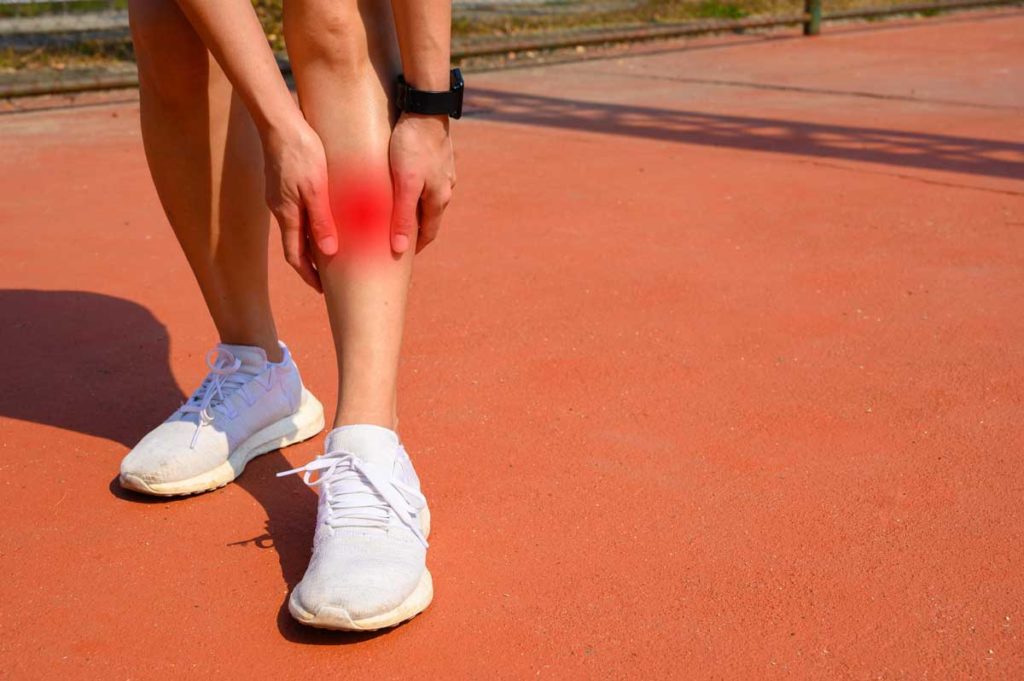
Shin Splints
Typical Symptoms
Shin splints cause lower leg pain that typically come on with running. It can be in tense, localised pain or more diffuse along the medial (inner) aspect of the shin. There can be swelling, redness and even difficulty in weight bearing.

What causes it?
There are many different causes for shin splints, ranging from tightness or overload of particular muscles, bruising in the bone, compartment syndrome or even stress fractures. Sometimes, there can be an overlap of conditions and one can even lead to another.
How can I help myself?
It is useful to think back to how the symptoms came on and what might be continuing to aggravate it. Sometimes, if it is due to running technique or tightness, then working with a coach or sports therapist can be helpful.
If there is considerable pain or swelling, offloading with crutches will reduce exacerbating it and also measures such as PRICE can help to reduce swelling. Pain killers can make the symptoms more tolerable.
When to seek help?
If you are having significant symptoms, particularly inability to weight bear, or despite the self-measures to improve things your symptoms are ineffective, it would be good to have your problem assessed.
What are the treatment options?
Once your clinician assesses you with a thorough history and examination, they may undertake an X-ray to look for a stress fracture, or an ultrasound scan to look at the tendon or soft tissue in the leg. If both are normal, an MRI may be helpful to look for a stress reaction with bony bruising.
For the most part, treatment with rehabilitation and a running gait analysis with a focus on footwear, stride and cadence will suffice. In some situations, compartment pressure testing is needed and if it is elevated, a surgical release may be required.
